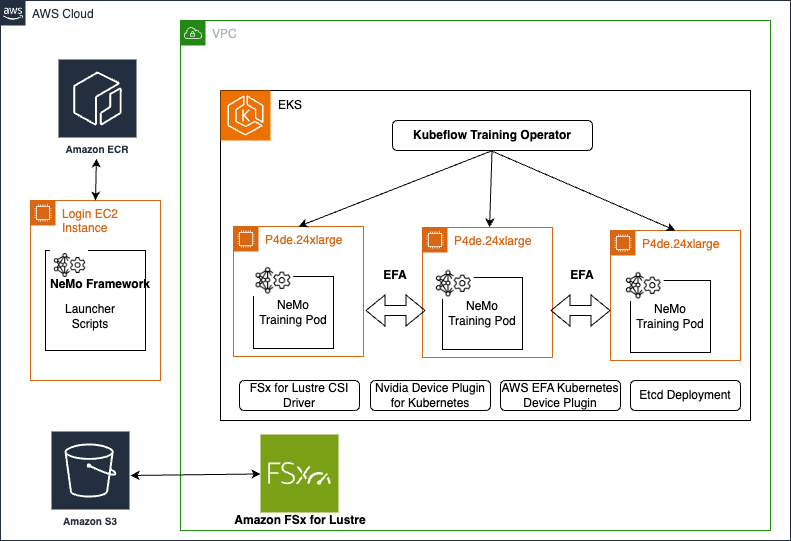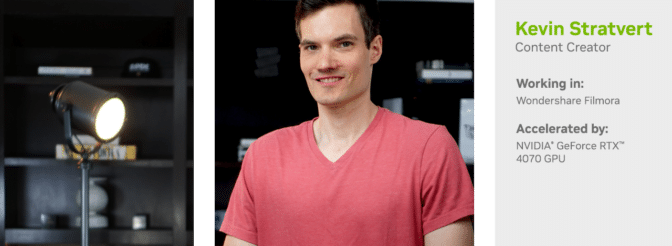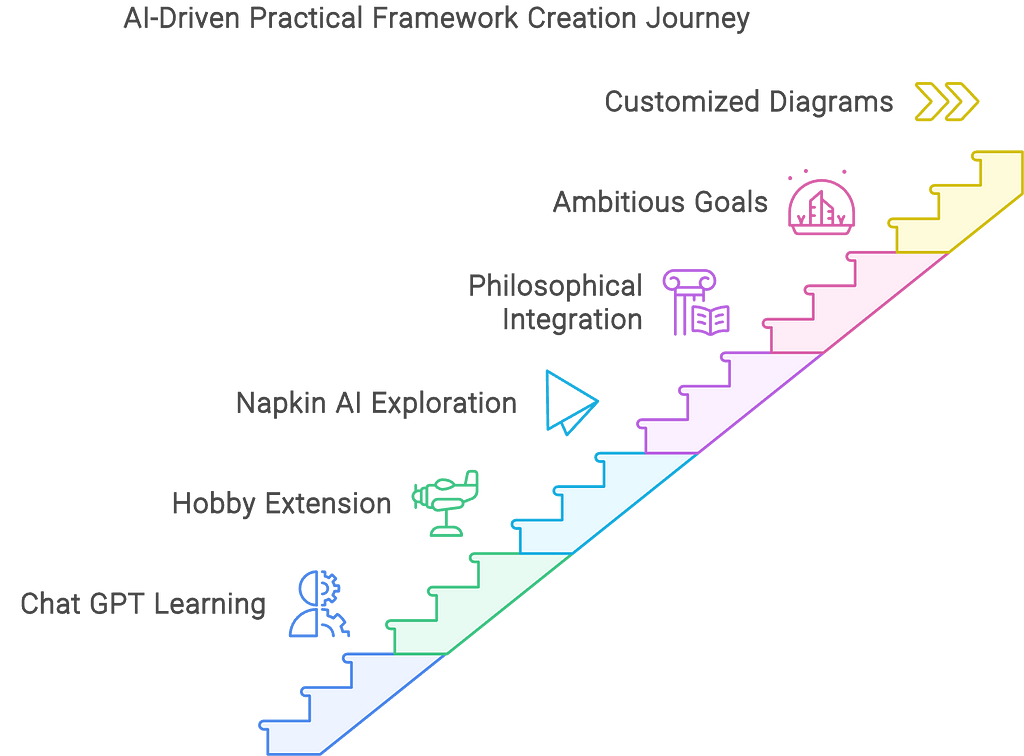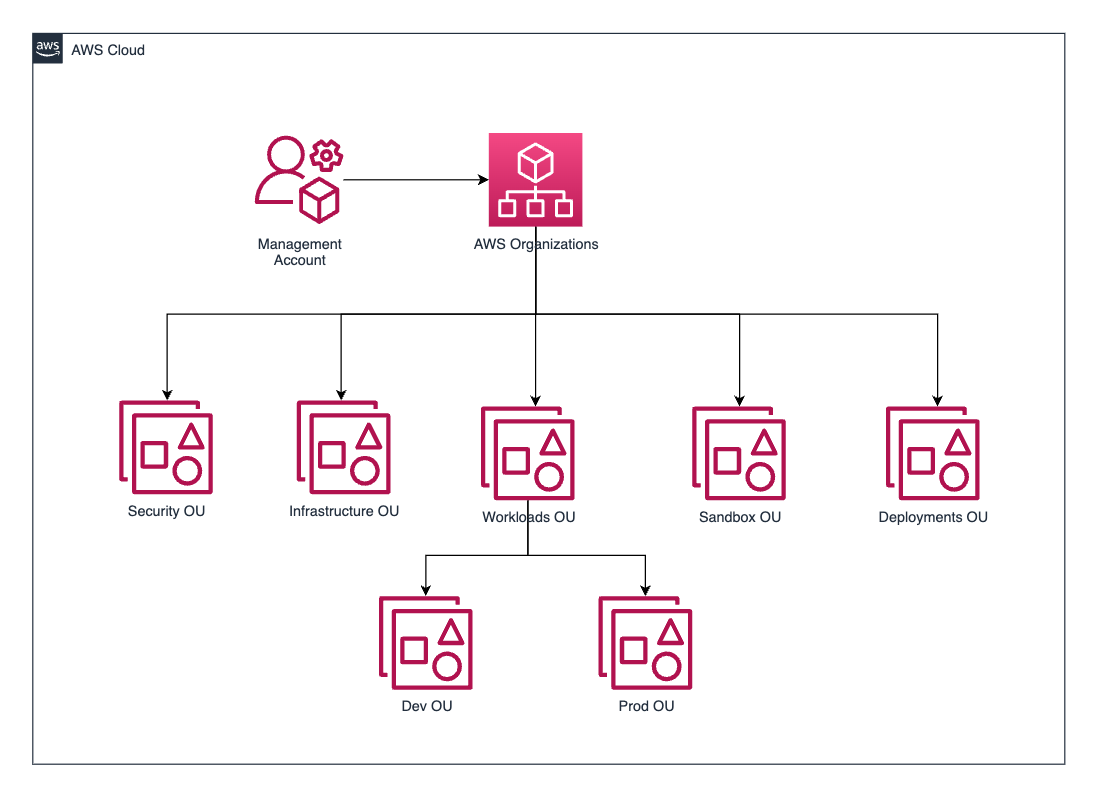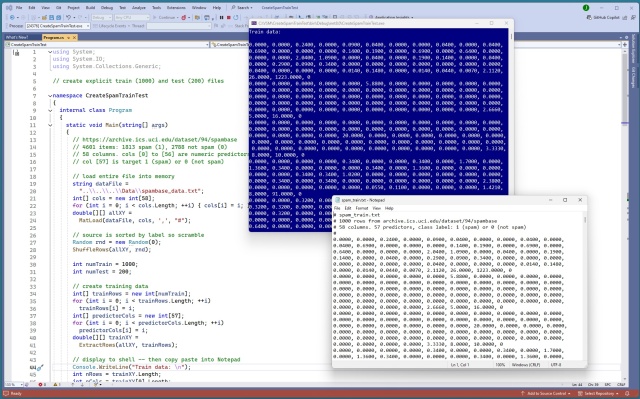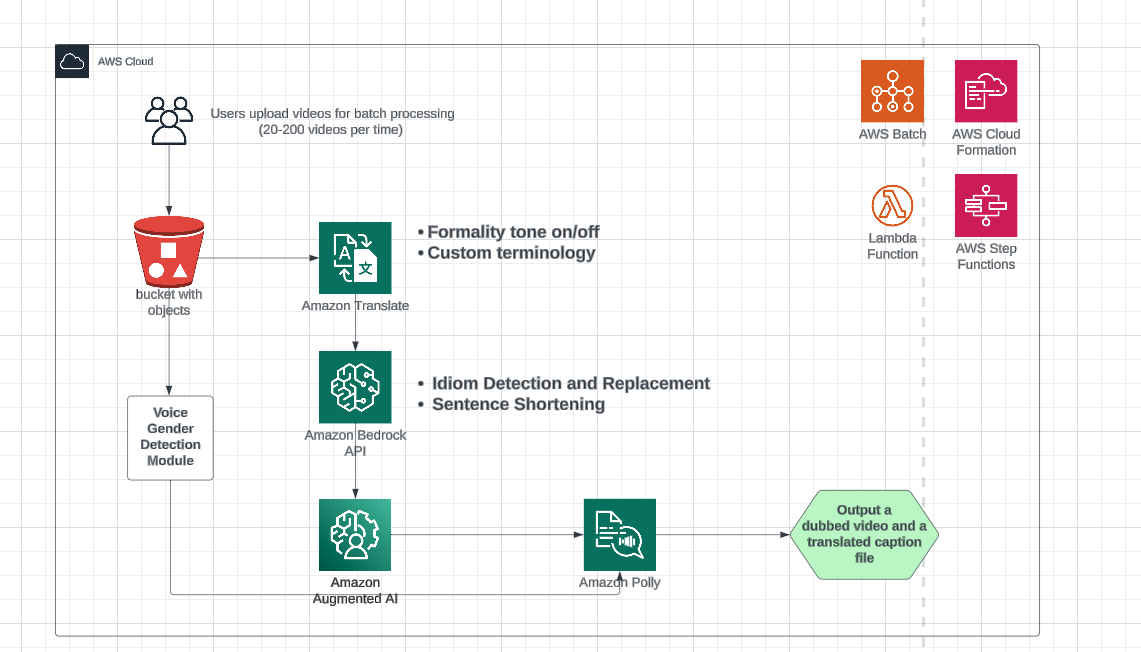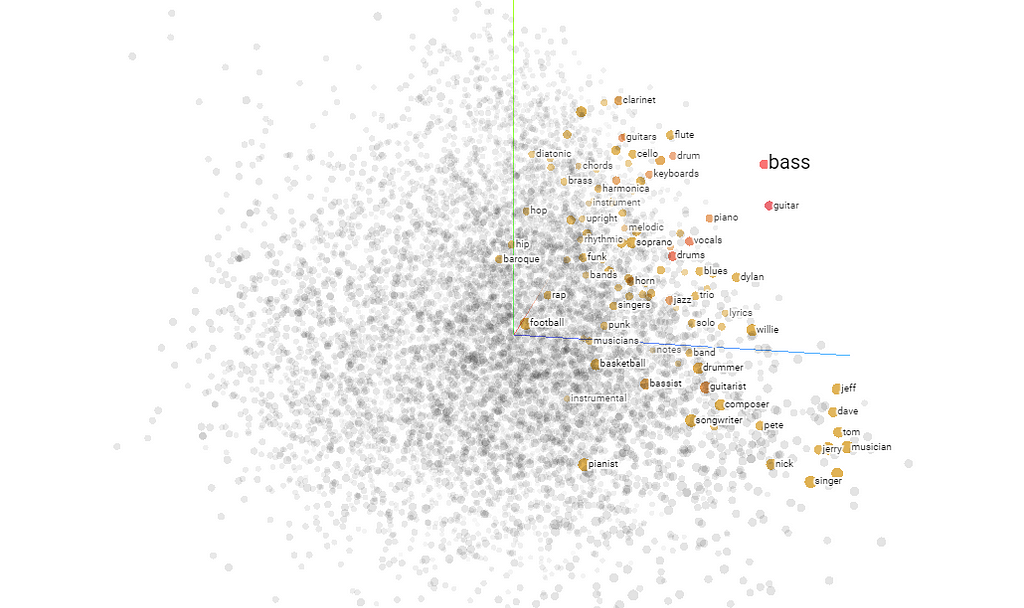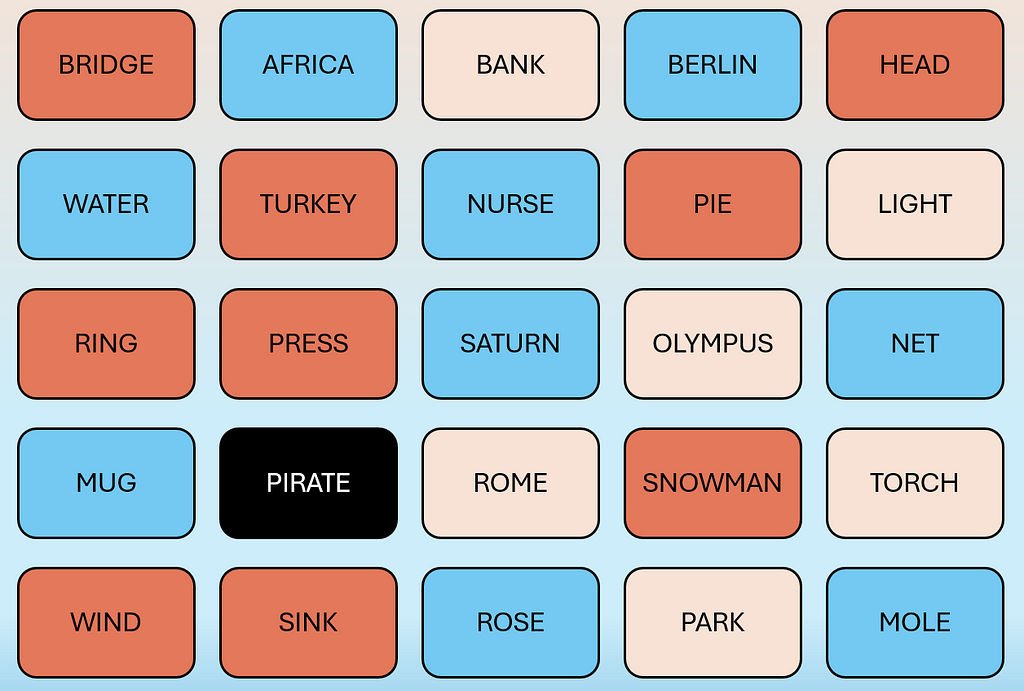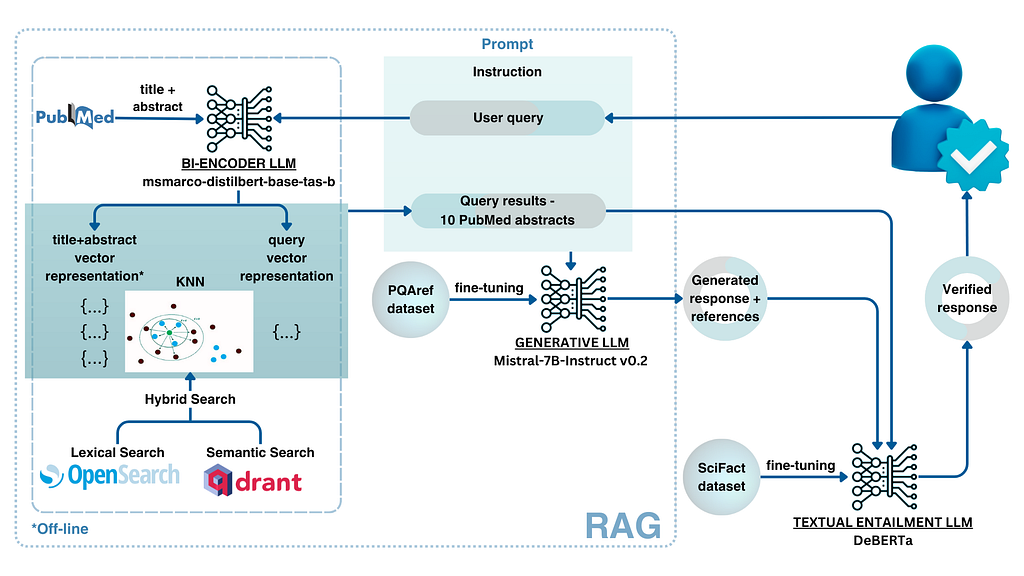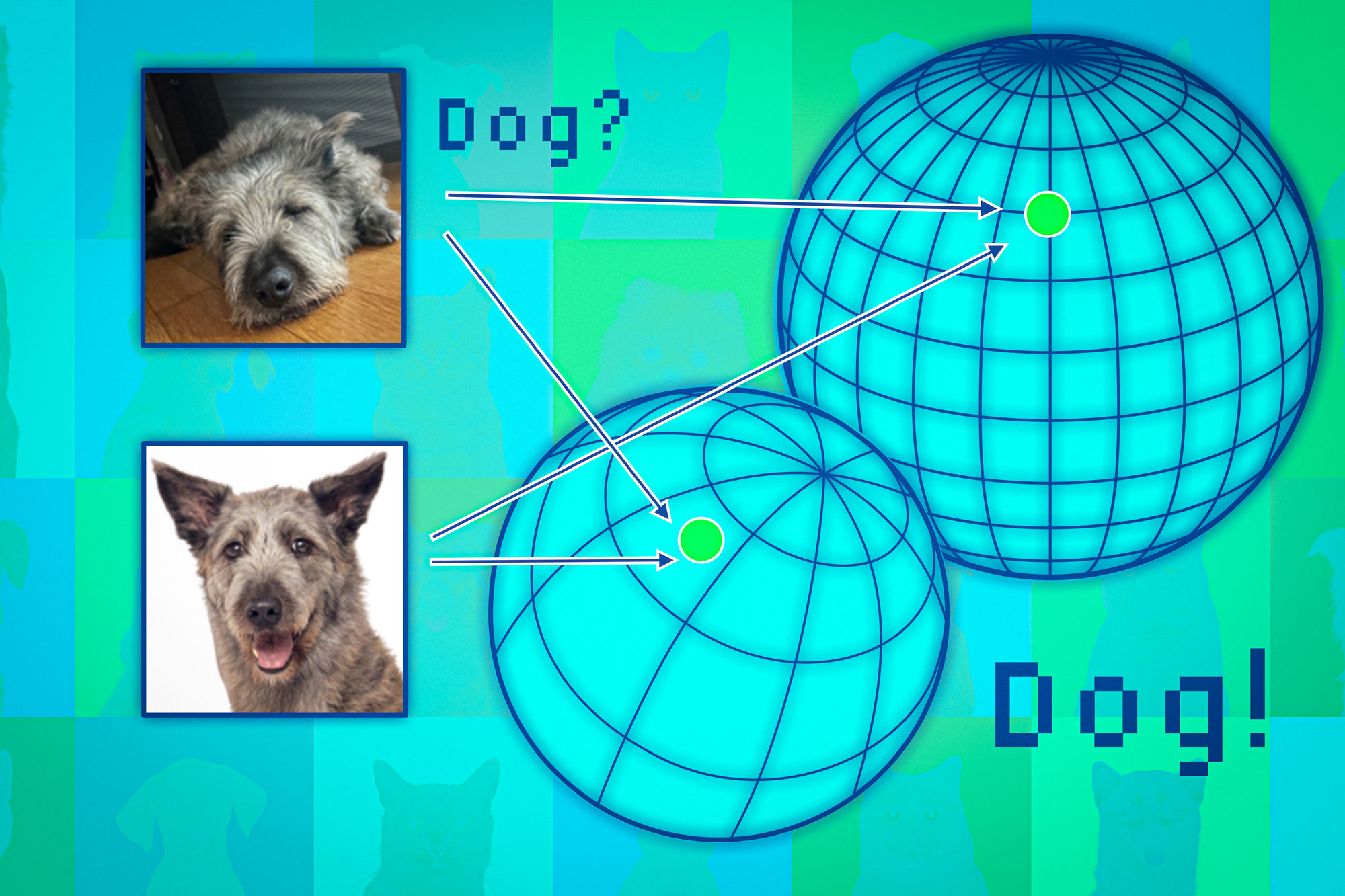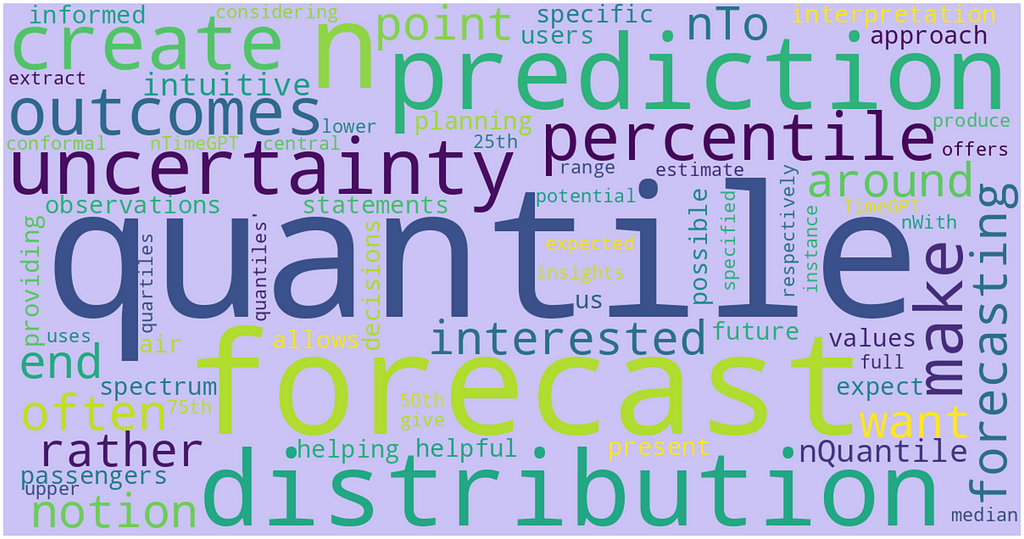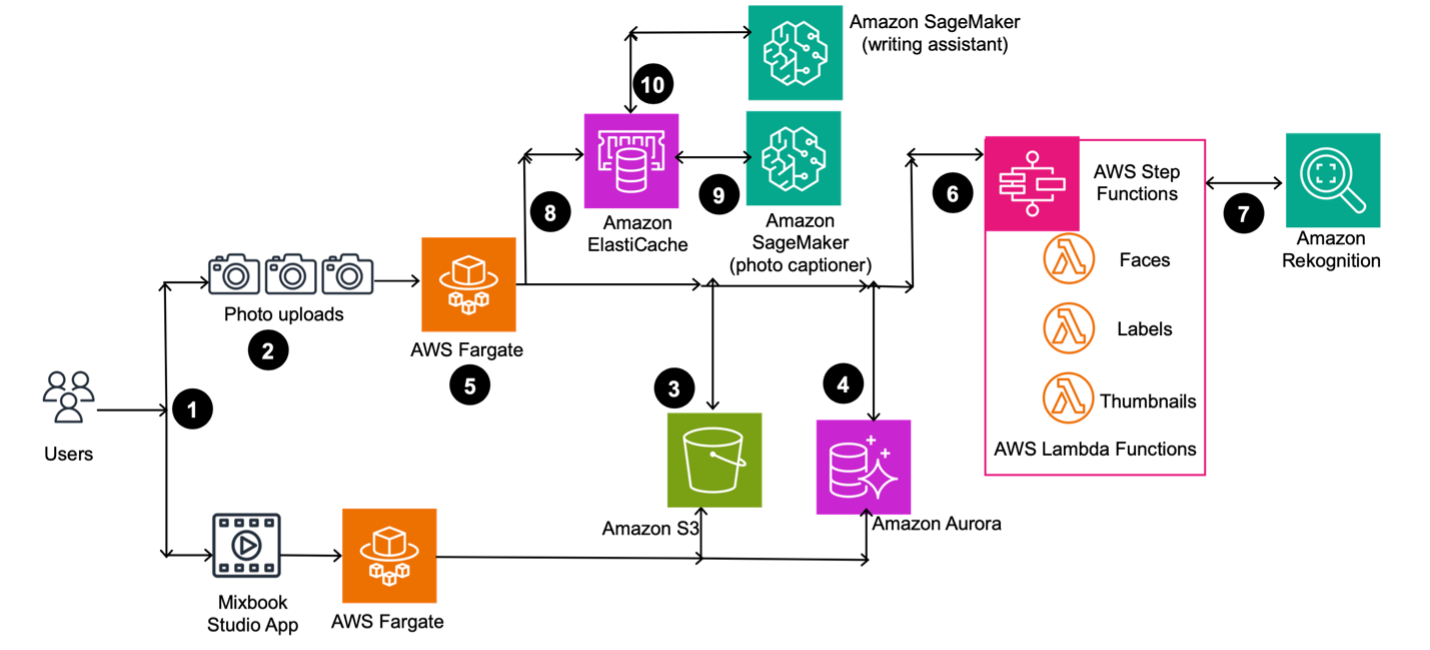The NVIDIA NeMo Framework simplifies distributed training of large language models, optimizing for efficiency and scalability. Amazon EKS is recommended for managing NVIDIA NeMo, offering robust integrations and performance features for running training workloads.
Researchers from MIT developed a new machine-learning framework to predict phonon dispersion relations 1,000 times faster than other AI-based techniques, aiding in designing more efficient power generation systems and microelectronics. This breakthrough could potentially be 1 million times faster than traditional non-AI approaches, addressing the challenge of managing heat for increased efficie...
Wondershare Filmora now supports NVIDIA RTX Video HDR, enhancing video quality for creators. Livestreaming software now offers Twitch Enhanced Broadcasting for better control over video quality.
AI tools like Chat GPT and Napkin AI transform complex ideas into practical diagrams. The author explores integrating diverse perspectives and creating step-by-step frameworks using AI.
Designing a multi-account strategy on AWS is crucial for secure scalability. Implementing a structured approach can help govern ML workloads effectively, enhance security, and streamline operations.
Microsoft CTO Kevin Scott emphasizes the potential of large language model scaling laws in driving AI progress. Scott played a crucial role in the $13 billion technology-sharing deal between Microsoft and OpenAI, highlighting the impact of scaling up model size and training data on AI capabilities.
A project using UCI Email Spam Dataset with 4,601 rows and 57 columns of predictor values. Utility program fetches test data for machine learning programs.
Video dubbing is essential for breaking linguistic barriers in the Media & Entertainment industry. MagellanTV partners with Mission Cloud to revolutionize video auto-dubbing using Amazon Translate and Bedrock.
AI Recommendation Systems excel at suggesting similar products, but struggle with complementary ones. The zeroCPR framework offers an affordable solution for discovering complementary products using LLM technology.
Using a GloVe embedding-based algorithm, achieve 100% accuracy in the game "Codenames" by automating the roles of spymaster and operative. Representing word meaning with pre-trained GloVe embeddings to maximize accuracy in decoding clues and choosing words efficiently.
VerifAI project, funded by the EU, creates a unique generative search engine for biomedical domain using LLMs. Focus on hallucination detection sets it apart from other RAG-based products, addressing the issue of misleading text.
Researchers from MIT and the MIT-IBM Watson AI Lab developed a technique to estimate the reliability of foundation models, like ChatGPT and DALL-E, before deployment. By training a set of slightly different models and assessing consistency, they can rank models based on reliability scores for various tasks.
Quantile forecasting predicts distribution extremes for better decision-making in sectors like finance and supply chain management. Tensorflow, NeuralForecast, and Zero-shot LLMs offer advanced models for precise quantile estimates, enhancing operational efficiency.
Mixbook, the #1 rated photo book service in the US, used AWS to personalize photo book experiences with generative AI. Mixbook Smart Captions creatively interprets user photos, enhancing storytelling and making memories effortlessly.
Artificial intelligence companies aim to achieve great feats, but the energy needed threatens environmental goals. Can AI's energy problem be solved in time? Hear from the Guardian's Jillian Ambrose and Alex Hern.

